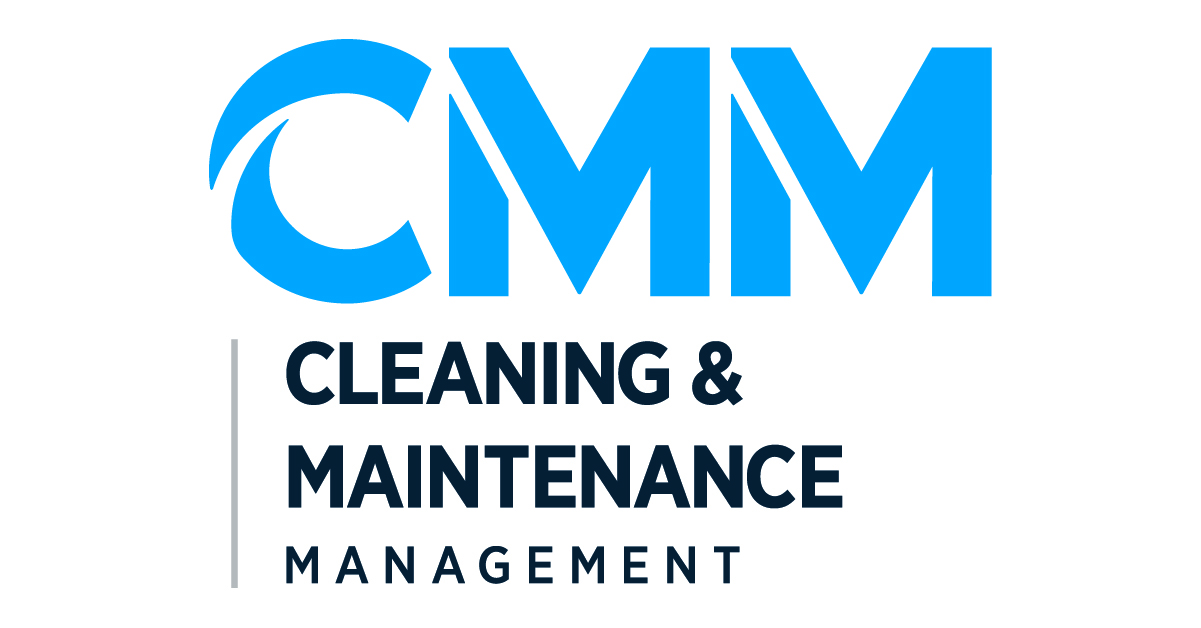Jobs
Facility Cleaning and Maintenance Makes List of Jobs Dangerous to Teens | Cleaning & Maintenance Management

The U.S. Environmental Protection Agency (EPA) proposed a rule to protect workers and consumers from exposure to toxic solvent n-methylpyrrolidone (NMP). NMP has numerous industrial, commercial, and consumer applications, including adhesives and sealants, paints and coatings, paint removers, lubricants, automotive care products, degreasers, and cleaning and furniture care products. NMP also is used to manufacture and produce many electronics, polymers, agricultural chemicals, and petrochemical products.
If finalized, the rule under the Toxic Substances Control Act (TSCA) would limit the concentration of NMP that would be allowed in some consumer and commercial products, establish strict workplace health controls for many uses of NMP, and ban some uses that cannot safely continue and for which alternatives already exist. For example, to protect consumers from exposure to NMP in glues and adhesives, EPA is proposing a NMP concentration limit of no greater than 45%, as well as container size limits and labeling requirements for other types of consumer products so that they are not used in commercial settings where their more frequent use could pose risks. The EPA also is proposing to ban the commercial use of NMP in cleaning and furniture care products, cleaning and degreasing products, automotive care products, and metal products because EPA believes these uses cannot safely continue.
NMP causes serious health effects, including miscarriages and reduced fertility, as well as damage to the liver, kidneys, immune system, and nervous system, according to EPA’s 2020 risk evaluation.
“We’re making great strides in our efforts to protect people’s health from exposure to chemicals like NMP,” said Michal Freedhoff EPA Office of Chemical Safety and Pollution Prevention assistant administrator. “Our proposed commonsense worker protections would keep people safe while also ensuring that NMP could continue to be used, as needed.”
Additionally, the EPA is proposing a NMP Workplace Chemical Protection Program (WCPP) to protect workers from exposure to NMP for nearly all industrial and commercial uses. The WCPP would include requirements to prevent direct skin contact with NMP that would go into effect a year after the rule is finalized. For several occupational conditions of use of NMP—such as its use in paints, adhesives, inks, coatings, and soldering materials—EPA proposes to require prescriptive workplace controls, including concentration limits and use of personal protective equipment.
EPA encourages members of the public and stakeholders to read and comment on the proposed rule and will accept comments for 45 days. For more information, click here.







:max_bytes(150000):strip_icc()/roundup-writereditor-loved-deals-tout-f5de51f85de145b2b1eb99cdb7b6cb84.jpg)


